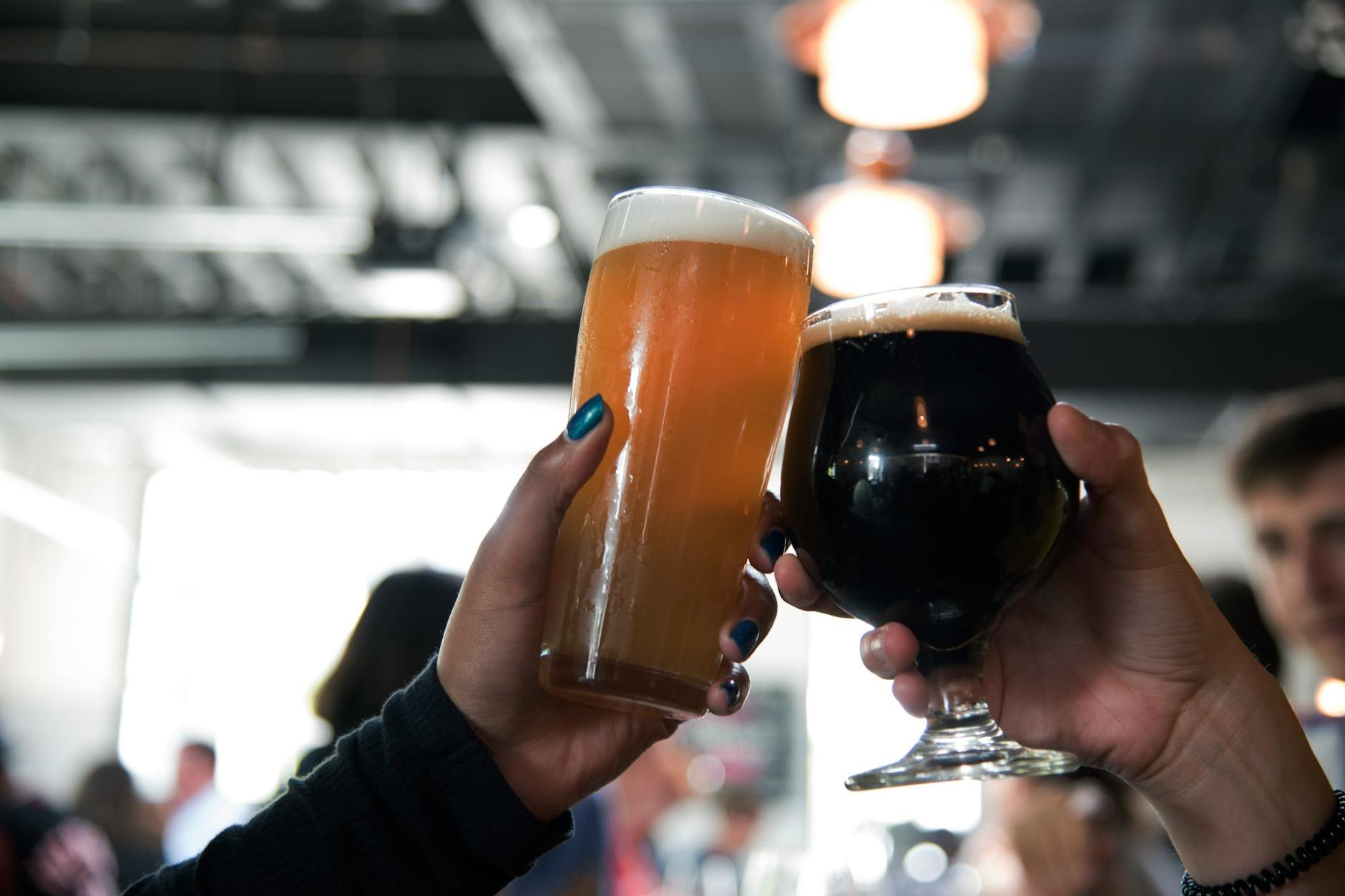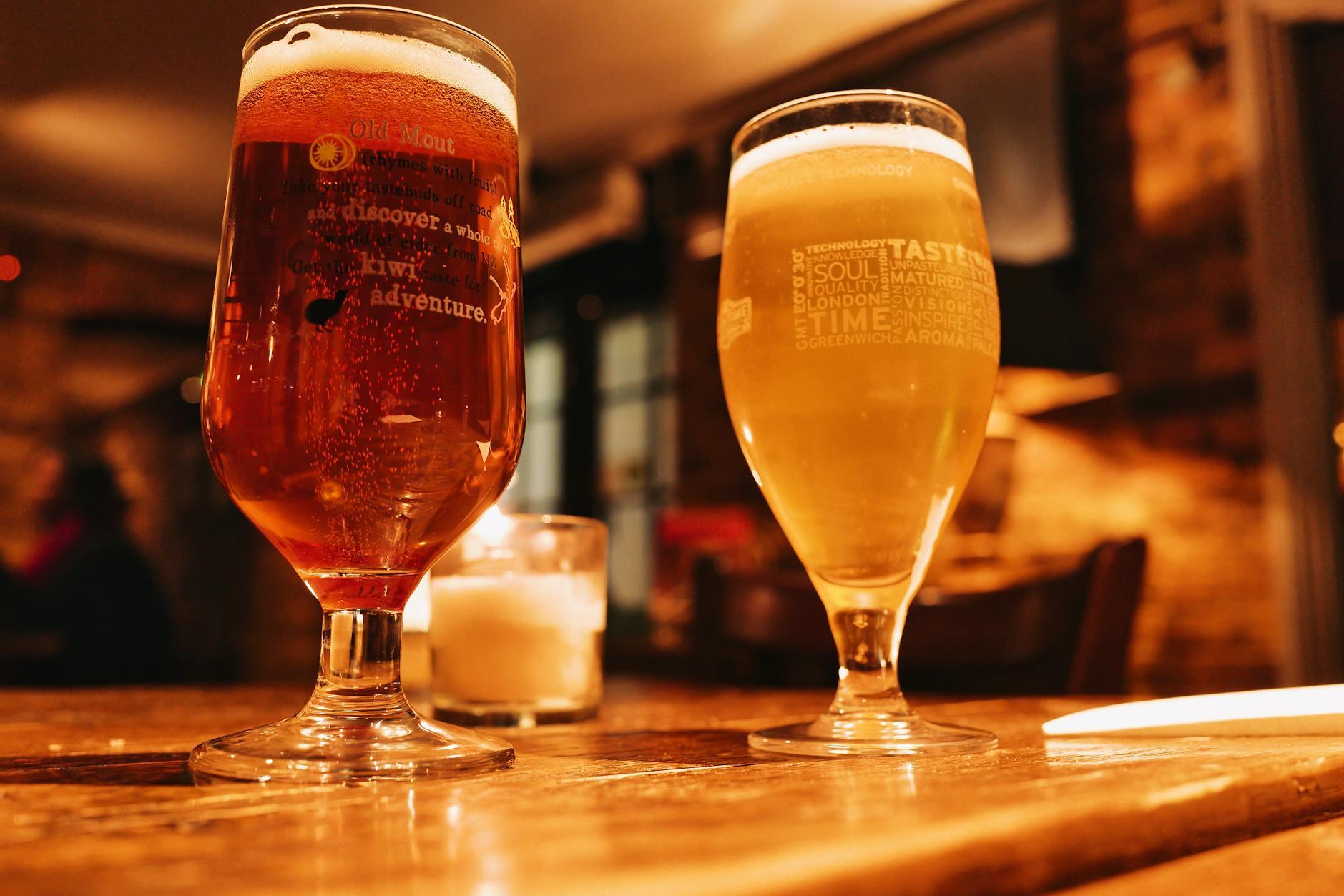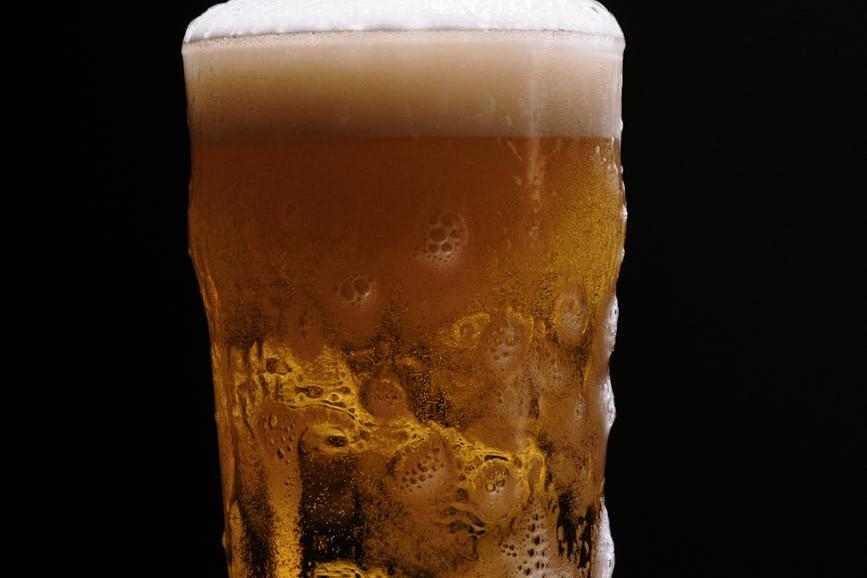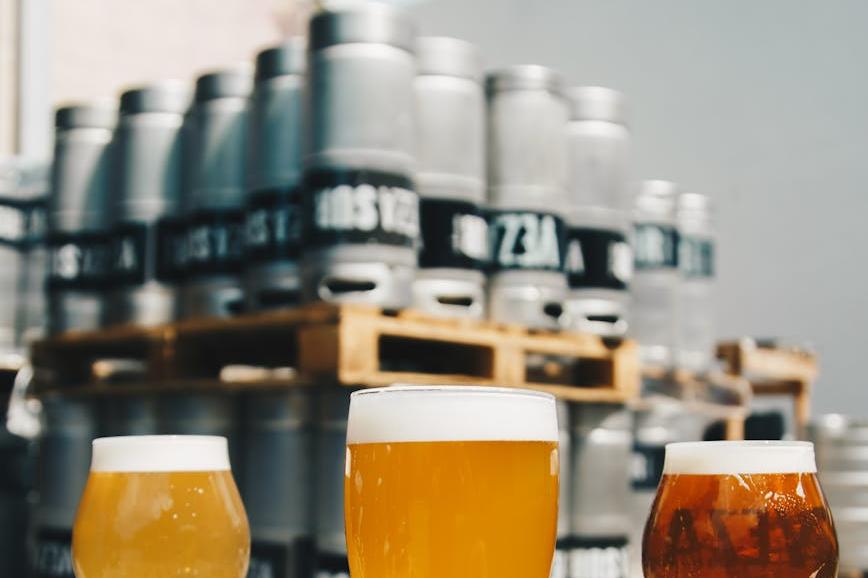- Shanghai Zhongshen International Trade Co., Ltd. - Two decades of trade agency expertise.
- Service Hotline: 139 1787 2118
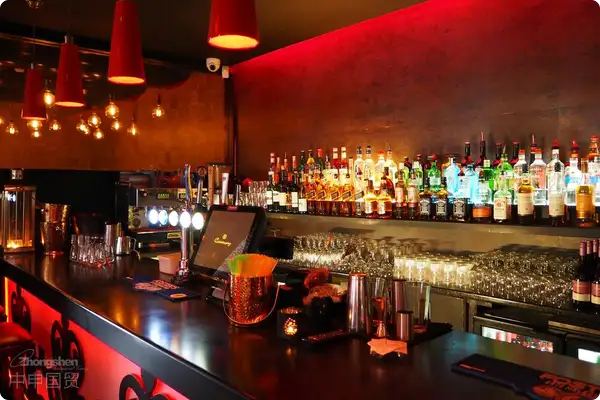
Contents
ToggleThe Beer Tragedy I Witnessed at Customs
In 2018, while representing a German craft beer brand, a competitor miscalculated the malt concentration, resulting in an entire container of beer being shipped back—this case deeply taught me that importing beer is not simply a "pay-receive" model. Currently, 35% of importers in the market are still repeating these mistakes, especially now when craft beer imports are growing by 18% annually (2024 data). Choosing a professional agent is more crucial than selecting beer varieties.
Three Fatal Mistakes in Choosing the Wrong Agent
- Customs clearance delay leading to deterioration: An IPA beer was stranded at the port for 12 days in the summer due to the agent's unfamiliarity with cold chain declaration.
- Tariff Classification Error: A real case where non-alcoholic beer was declared as regular alcoholic beverages, resulting in an overpayment of 23% in tariffs.
- Label review oversight: Regulatory Incident Where Korean Rice Wine Was Mislabeled as Beer, Leading to the Destruction of the Entire Batch
Four-dimensional locking reliable agent
| Review dimensions | Production Capacity | Verification method |
|---|---|---|
| Customs qualification | AEO-certified enterprises | Verify on the official website of the General Administration of Customs |
| Professional Ability | Number of liquor import cases ≥50 | Please provide the customs declaration number for verification. |
| Risk control | Purchase transportation insurance coverage | Check the special agreement clauses of the insurance policy. |
| : US agents can provide localized services, including product display, customer relationship management, after - sales service, etc., helping enterprises better integrate into the local market. | Area of self-operated bonded warehouse | On-site inspection of storage conditions |
The Three Major Accelerators of Customs Clearance Process
- Pre-classification system:Determine the HS code 6 months in advance.
- Label pre - review: Conduct compliance testing using samples.
- Tax guarantee:Bank guarantee in lieu of cash deposit
Breakdown of Import Costs for Craft Beer (Taking 5,000 Cases of Belgian White Beer as an Example)
- Tariff: 10% (Most-Favored-Nation Rate)
- VAT: 13%
- Consumption tax: 250 yuan/ton
- Hidden costs:
- Label rectification fee: approximately 2 yuan per bottle.
- Demurrage fee: 2000 yuan/day (after exceeding 72 hours)
Emergency Response Plan for Sudden Crises
When encountering customs inspection, a professional agent should complete the following within 4 hours:
1. Provide complete traceability documentation.
2. Coordinate priority testing in the laboratory
3. Activate the backup storage plan.
Last year's emergency inspection case involving American sour beer was handled within 48 hours by leveraging a pre-established electronic traceability system.
A Veteransforeign tradeProduct Selection Advice
It is recommended that newcomers prioritize:
? Products with an alcohol content ≤10% vol (for customs clearance convenience)
? Use internationally standardized bottle shapes (to reduce packaging costs)
? The original factory has the capability to print Chinese labels (saving rectification time).
Avoid "trendy products" containing Chinese herbal medicines or special additives, as the failure rate of these products is as high as 42%.
FAQ quick Q&A
- Q: On average, how many days does customs clearance take?
A: Regular beer takes 5-7 days, while the first imported category requires an additional 3 days for filing. - Q: Can I attach the Chinese label myself?
A: Must be completed before entry, labeling in bonded areas requires additional approval. - Q: Does RCEP help with beer imports?
A: Beer originating from ASEAN countries can enjoy tariff concessions, but attention must be paid to the rules of origin.
Related Recommendations
Contact Form
? 2025. All Rights Reserved. Shanghai ICP No. 2023007705-2  PSB Record: Shanghai No.31011502009912
PSB Record: Shanghai No.31011502009912

